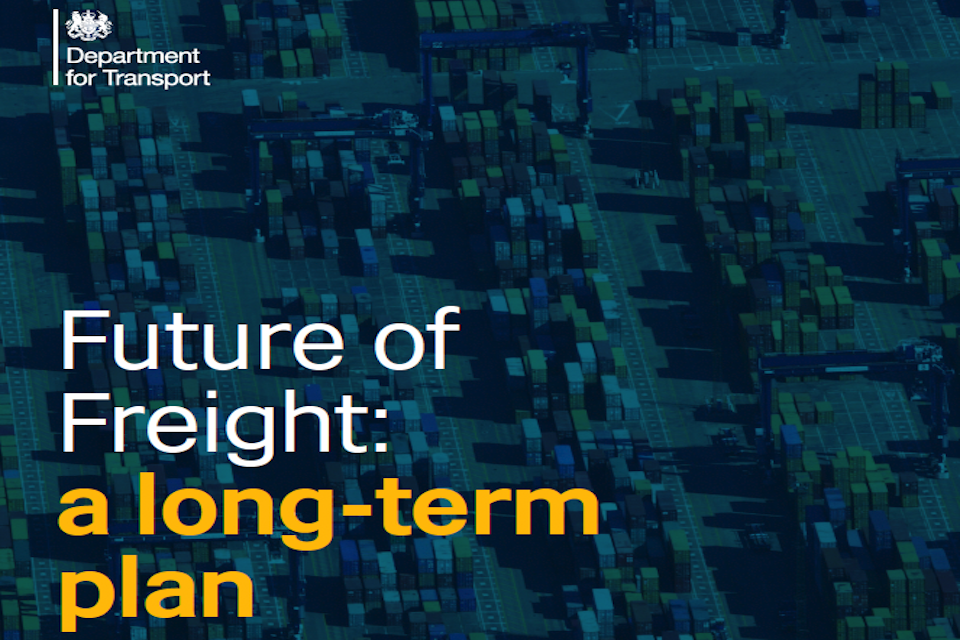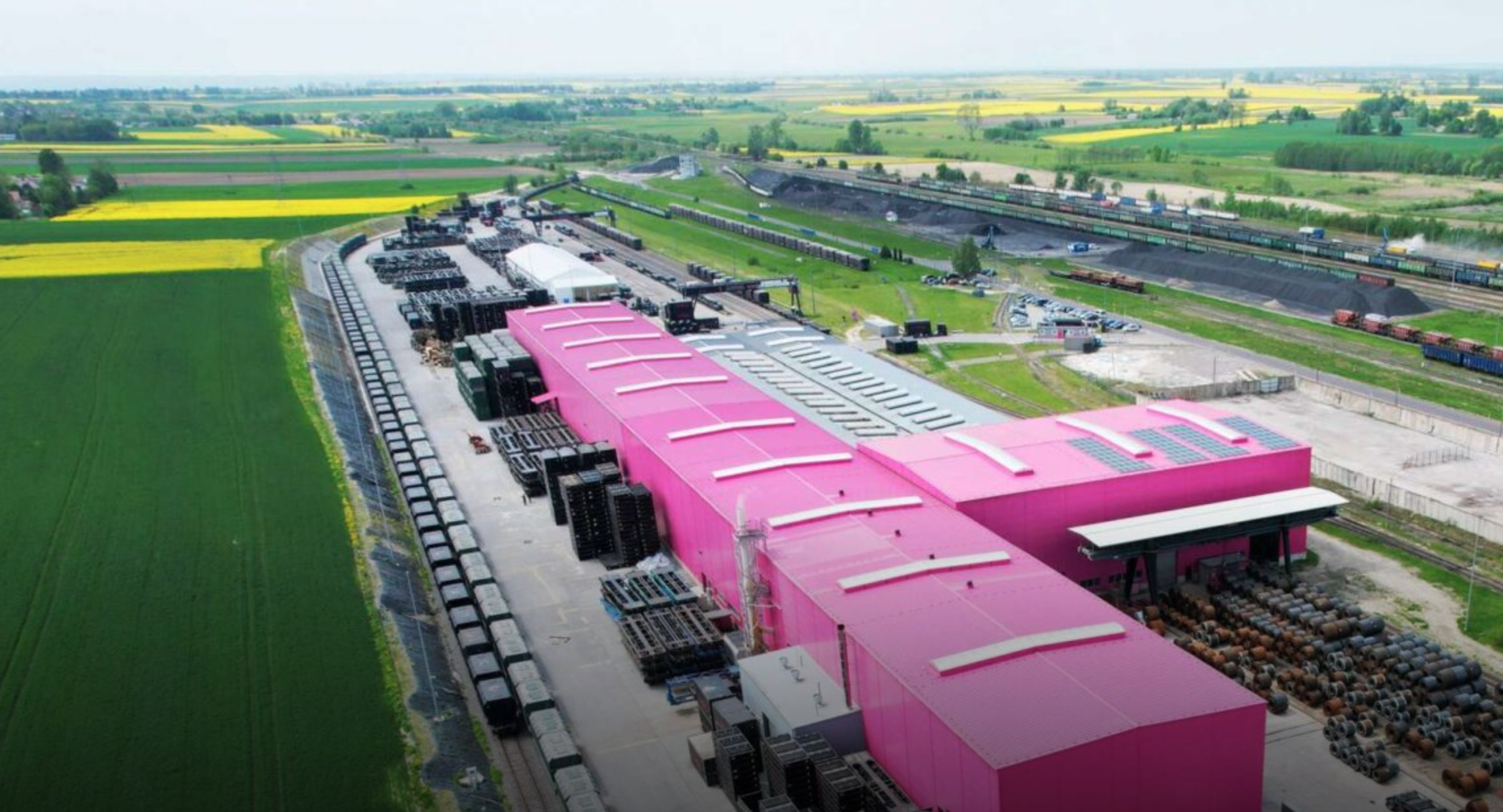UK Government public consultation on planning and logistics

The UK government has initiated a public consultation to explore the relationship between the freight and logistics sector and the planning system in the country. This call for evidence aims to address the needs of the industry within the planning framework, particularly focusing on the challenges faced by the rail freight sector and the misconceptions surrounding its development. The government frequently issues “calls for evidence” to inform legislative changes, and is encouraging industry at large, including the rail sector, to take part in the process.
The consultation, titled “Freight and logistics and the planning system: call for evidence”, seeks to establish a planning system that recognises the current and future requirements of the freight and logistics sector while empowering relevant authorities to effectively plan for them. The initiative follows extensive collaboration with industry stakeholders in 2022, leading to the publication of the first long-term and cross-modal freight plan, the imaginatively entitled “The Future of Freight: a long-term plan”.
Public attention not always welcoming
“The Future of Freight” outlines a comprehensive vision for a cost-efficient, reliable, resilient, and environmentally sustainable sector. The plan places a strong emphasis on the provision of net-zero energy infrastructure and supports modal shift by increasing the proportion of freight transported by rail. It also encourages the use of sustainable modes such as urban rail freight interchanges, cargo bikes, light rail, and inland waterways. Reading between the lines, that implies that the presumption is for the widespread development of distribution infrastructure in urban and nearby urban areas. Given the UK-wide shortage of warehousing, there is every likelihood that any new terminal will be accompanies by extensive warehouse development. It is the latter element that attracts the most public attention – and most of it is not welcoming.

The government says it recognises that national planning policies, local plans, and decisions play a crucial role in facilitating the transition to low-carbon transport modes, which includes rail freight interchanges in urban, suburban, and rural areas. Significantly, the consultation is being led by a collaboration between two government departments. Taking part are the Department for Transport (DfT) and the Department for Levelling Up, Housing and Communities (DLUHC). The latter is a department set up specifically to address economic imbalance between the historically affluent London and the South East, and other regions of the UK, notable the North of England, which has seen wealth creation eroded over time, as Britain has moved away from a predominantly manufacturing economy. It is in that part of the country that the greatest redesign of infrastructure is needed, and also where planning applications from the freight and logistics sectors are often submitted in the face of public opposition.
Beware of unintended consequences
According to the government paper, efficient supply chains rely on multiple modes of transport, including rail, road, air, and maritime, with transfers occurring at rail freight interchanges, ports, airports, distribution centres, and warehouses. They say the presence of suitable infrastructure in strategic locations is crucial for the effective functioning of the entire system. Now the government departments are expecting the evidence collected through this consultation to inform the development of new or amended planning policies regarding freight planning. It will also ensure that adequate land is allocated to meet the needs of the freight and logistics industry. That latter requirement is the principle cause of public opposition to almost every application for a new terminal. Look no further than the opposition to new logistics provision in almost every location nearby points of high demand – usually in the booming London and South East.

The government says it is particularly interested in receiving input on three key areas: local plan making and land availability; planning decision-making and the application process; and how the planning system can support specific policy priorities. These priorities include supporting supply chains, decarbonisation of freight, and strengthening the United Kingdom. The consultation provides an opportunity for industry stakeholders, experts, and the public to contribute their expertise and insights, ultimately shaping the future of freight and logistics planning in the UK. It may be worth pointing out to the government to be careful what you wish for.





